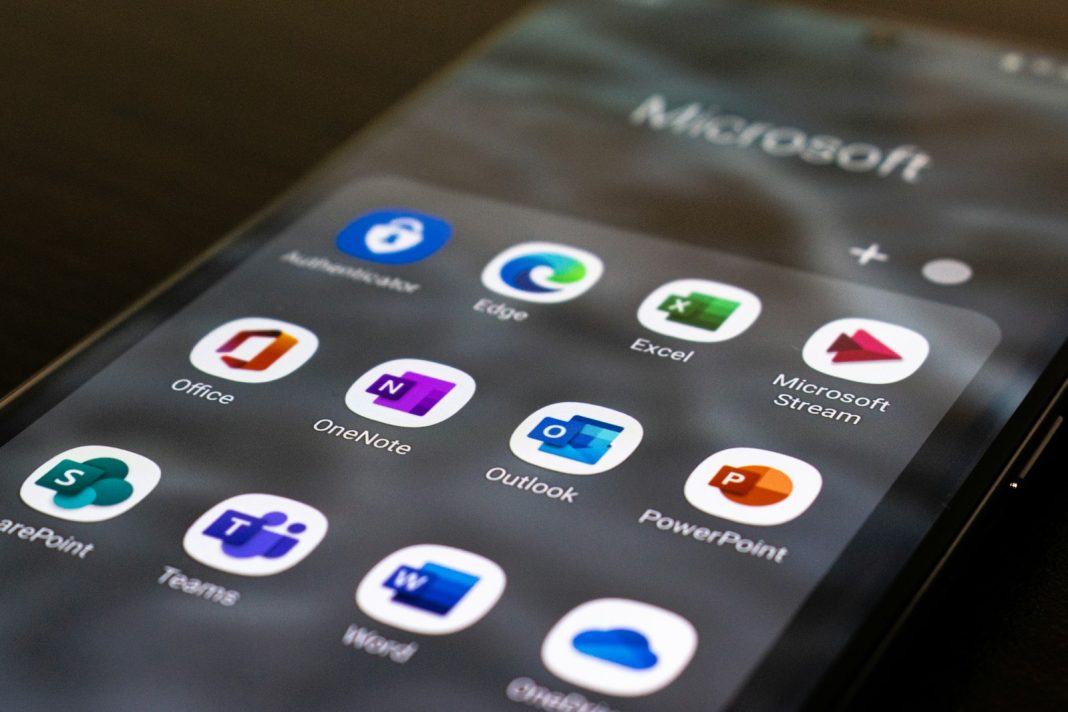In the labyrinth of technological advancements, Microsoft has reimagined user experience with the introduction of its new ‘Recall’ feature. This intricate addition promises to transcend traditional search functionalities, offering a captivating solution for users who often lose themselves in the vast tapestry of their PC activities. However, amidst the verdant possibilities, significant privacy concerns have emerged, beckoning a closer look at the potential risks involved.
Introducing Recall: A New Era of Search
Recall orchestrates a novel way to delve into past activities on a PC, taking a kaleidoscopic approach to recording and organising a user’s on-screen engagements. This feature silently captures screenshots of everything displayed, weaving them into a searchable mosaic. Whether it is an elaborate slideshow presentation for work or a cherished photograph of a beloved pet, Recall ensures that users can navigate their digital tapestry with ease and precision.
The functionality is not merely confined to static screenshots. Recall intertwines these images with the context of the active applications, creating a dynamic timeline. For instance, searching for a specific slide from a February presentation allows users to pinpoint the exact session, skipping over unrelated activities. This intricate level of detail is designed to streamline the search process, making it both intuitive and efficient.
Microsoft’s Recall is a unique innovation within its own ecosystem, though it echoes features seen in other platforms. Exclusively available on Copilot+ PCs, which are equipped with the Snapdragon X Plus and Snapdragon X Elite chips, Recall leverages the power of local AI processing through a dedicated neural processing unit (NPU). This exclusivity underscores Microsoft’s vision of a reimagined, AI-integrated future for PC users.
Privacy and Security Concerns
Despite its compelling potential, Recall has not transcended the critical concerns surrounding privacy and security. By default, the feature records almost everything visible on a user’s screen, including sensitive information such as passwords, social security numbers, and banking details. Although users can customise Recall’s settings to exclude specific apps and websites, the risk of sensitive data being recorded remains a significant concern.
From Microsoft’s perspective, Recall is designed to be safe, operating entirely on-device with no data processing or storage outsourced to the cloud. This ensures a higher level of security as everything remains within the confines of the user’s PC. Additionally, users have control over which applications and websites Recall captures, and can delete screenshots as needed. Importantly, private browsing sessions in browsers like Microsoft Edge and Chrome, as well as DRM-protected content from platforms like Netflix, are excluded from Recall’s recording scope.
In response to initial security vulnerabilities, Microsoft has made several significant changes. Recall is now an opt-in feature, allowing users to decide whether to enable it during the initial setup of their PC. Furthermore, mandatory authentication via Windows Hello is required for setting up and accessing Recall data, ensuring that only authorised users can interact with the recorded information. The screenshots and search index database are also encrypted, providing an additional layer of security.
The Security Debate
Despite these enhancements, the security of Recall remains a crucible of intense debate. Security researcher Kevin Beaumont highlighted several vulnerabilities during his testing of the feature on a PC lacking an NPU. Beaumont’s findings indicated that hackers could potentially exploit Recall by accessing and decrypting stored data. The screenshots saved by Recall included plain text data, encompassing all visible information on the screen. This vulnerability was further compounded by the fact that deleted data from applications remained in the Recall database, potentially indefinitely.
Beaumont demonstrated that readily available infostealers could scrape Recall data within seconds, using remote hacking tools once a PC was unlocked. Microsoft’s built-in security tool, Microsoft Defender, identified the threat but took over ten minutes to respond, by which time the data had already been compromised.
Microsoft’s Response and Future Outlook
In response to these findings, Microsoft has taken steps to bolster Recall’s security. The encryption of the database following login is a crucial improvement, making it significantly harder for hackers to access stored data. However, concerns remain regarding the permanence of recorded data and the risks associated with storing uncensored private information.
As Microsoft continues to refine and enhance Recall, users are advised to stay informed about updates and improvements. The company’s commitment to evolving the feature’s security is evident, but the balance between functionality and privacy remains delicate.
Microsoft’s Recall feature represents a significant leap forward in search functionality and user convenience, offering a novel solution to the age-old problem of lost files and forgotten documents. However, its introduction has also highlighted the ongoing challenges of balancing innovation with privacy and security. As Microsoft works to address these concerns, users must weigh the benefits of enhanced search capabilities against the potential risks to their personal information. The future of Recall will depend on Microsoft’s ability to navigate these challenges and deliver a feature that is both revolutionary and secure.


